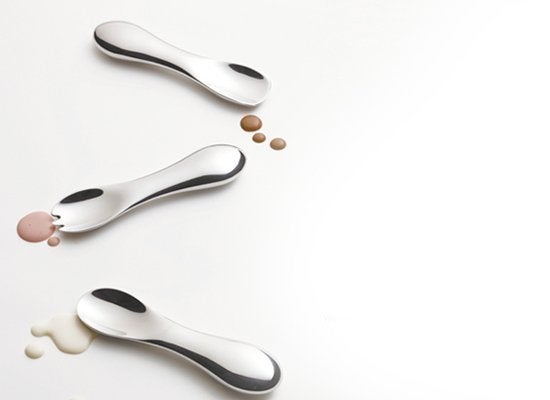Once you've perfected basic techniques like frying an egg and cooking rice, it's time to move on to those things that may have initially scared you off. Every other Monday, chef Camille Becerra is going beyond the basics to help us tackle even the scariest cooking techniques.
Today: Put on a pot of water, and watch Camille demonstrate the technique behind a perfect poached egg. Then start putting them on everything in sight.
In the world of eggs, the poached egg is certainly king, the way it sits atop other food all regal. As cooks, we all know that presenting a perfectly poached egg puts us a notch up over others.
As the hashtag goes, #putaneggonit applies to many a meal: It’s a breakfast staple, it goes great atop a salad at lunch, and for dinner, the runny yolk becomes a sauce that finishes dishes like a carbonara, roasted vegetables, grains, and my favorite, pesto pasta.
If you haven’t quite mastered the art of a proper poach, it’s probably because of one of these reasons:
- Water is under- or over-acidulated (in other words, you've added too much or too little acid).
- Water is not hot enough, or it's boiling too vigorously.
- The egg sticks to the bottom of the pan.
- The egg is removed from the water before it's ready.
Here's how to do it right:
Fill a tall pot with water, salt it well, and add 3 tablespoons of vinegar per 1 gallon of water. (The vinegar helps to coagulate the egg.) I prefer a deep pot because I love how the egg develops a teardrop shape as its plunges into water and sinks to the bottom.
When the water begins to boil, lower the temperature just a bit so it simmers; too aggressive of a boil can potentially break the yolk.
Crack an egg into a small cup or bowl; this ensures the egg dives into the water in one shot, and no unwanted shells slip in.
Using a slotted spoon, begin to stir water to develop a tornado effect, then quickly drop the egg into the eye of the tornado. As the egg drops down, the movement of the water will prevent it from sticking to the bottom of the pot. If you find that the movement of the water stops before the egg develops a strong outer layer, stir the water gently so that the egg stays afloat.
After about 2 to 3 minutes, use the slotted spoon to lift the egg just slightly above the surface of the water and check its doneness. When the white has completely coagulated, your egg is ready! If you still see parts of uncooked whites begin to slightly seep out of the egg, put it back into the water and let it cook for another 30 seconds. Then check it again, being careful not to leave it in water too long lest you overcook it. When you are confident that the egg is ready, remove it and allow any excess water to drain out of the slotted spoon. Plate your egg and season it with salt and pepper before serving -- a bit of olive oil will also lend a fruity richness.
More good news: Poached eggs can be made ahead of time and held in an ice bath until they are ready to be served, and then reheated in simmering water for 1 to 2 minutes.
More: Serve your perfectly poached egg atop toast with kale and sweet potatoes.
Photos by Nicole Franzen; video by Tara Sgroi
Also on HuffPost:
